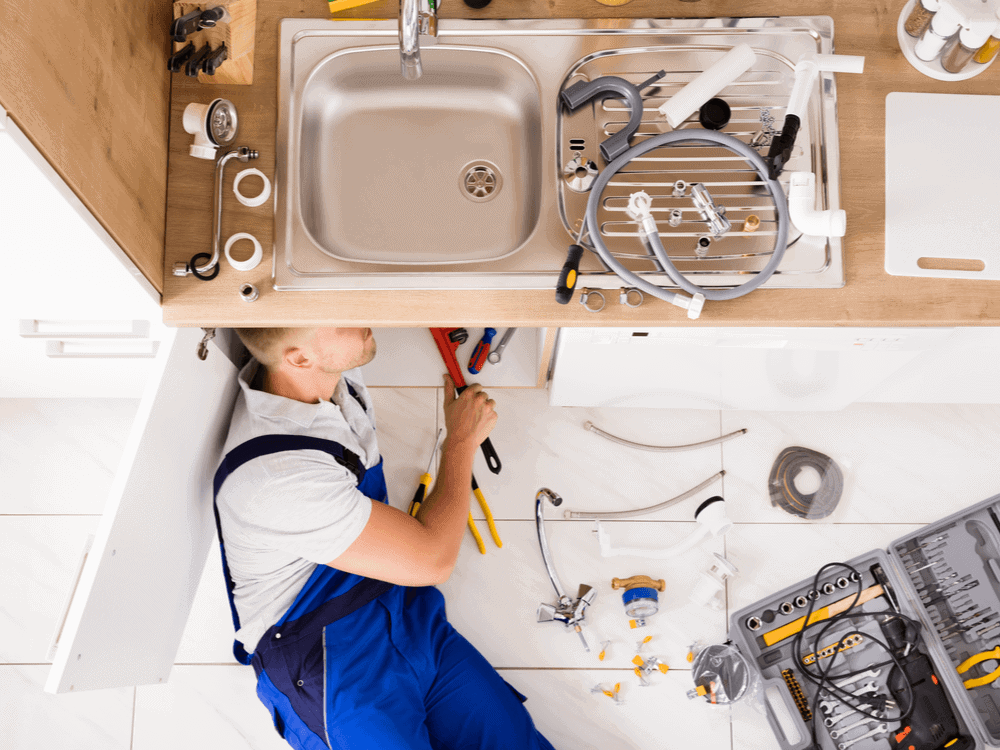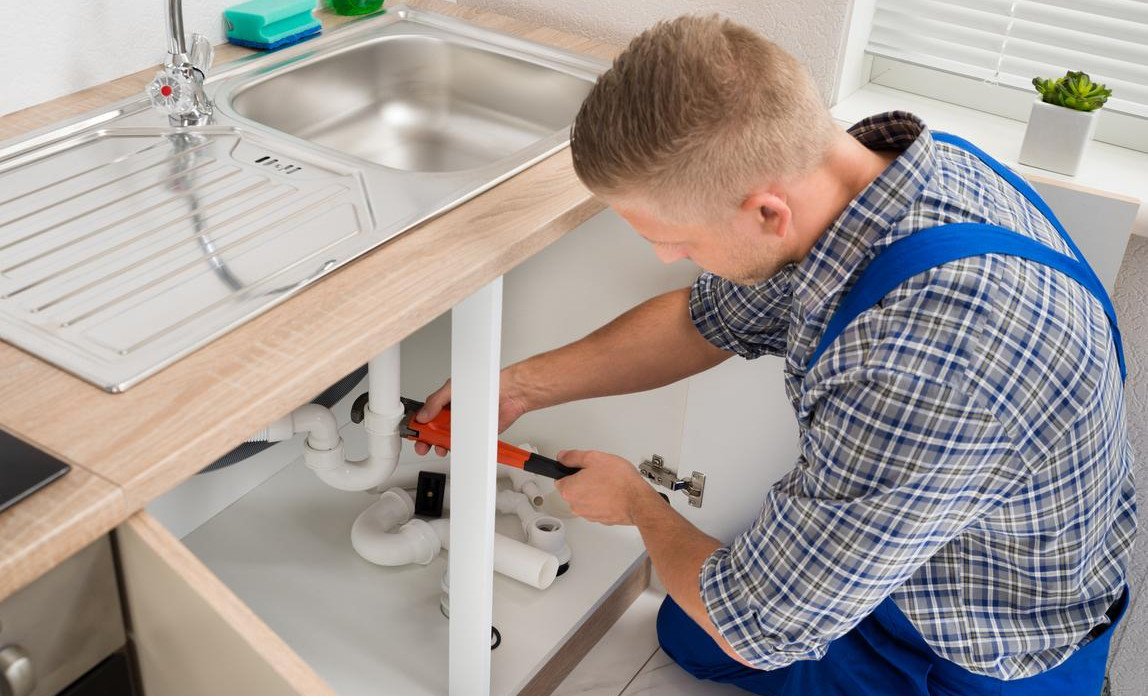Understanding The Structure of Your Home's Plumbing System
Click HereWere you trying to locate facts concerning Plumbing Installation 101: All You Need to Know?

Recognizing how your home's pipes system works is necessary for every house owner. From supplying clean water for drinking, food preparation, and bathing to securely getting rid of wastewater, a well-maintained pipes system is critical for your family's health and wellness and convenience. In this detailed guide, we'll check out the detailed network that makes up your home's plumbing and offer ideas on upkeep, upgrades, and dealing with common issues.
Intro
Your home's plumbing system is more than simply a network of pipelines; it's a complicated system that ensures you have access to tidy water and effective wastewater elimination. Knowing its elements and how they collaborate can assist you prevent pricey repairs and ensure whatever runs efficiently.
Basic Components of a Plumbing System
Pipes and Tubes
At the heart of your pipes system are the pipelines and tubing that lug water throughout your home. These can be made of various materials such as copper, PVC, or PEX, each with its advantages in regards to resilience and cost-effectiveness.
Components: Sinks, Toilets, Showers, etc.
Components like sinks, toilets, showers, and tubs are where water is used in your home. Understanding how these fixtures connect to the plumbing system helps in diagnosing issues and preparing upgrades.
Shutoffs and Shut-off Points
Valves control the flow of water in your plumbing system. Shut-off valves are essential during emergencies or when you require to make fixings, permitting you to separate parts of the system without interrupting water circulation to the whole residence.
Water System System
Key Water Line
The primary water line connects your home to the municipal supply of water or a private well. It's where water enters your home and is dispersed to numerous components.
Water Meter and Pressure Regulator
The water meter actions your water use, while a stress regulator ensures that water moves at a risk-free pressure throughout your home's pipes system, protecting against damages to pipelines and fixtures.
Cold Water vs. Hot Water Lines
Understanding the distinction in between cold water lines, which supply water directly from the primary, and warm water lines, which bring heated water from the hot water heater, assists in troubleshooting and preparing for upgrades.
Drainage System
Drain Pipes Water Lines and Traps
Drain pipes lug wastewater away from sinks, showers, and toilets to the sewage system or septic system. Traps prevent sewage system gases from entering your home and likewise catch debris that could create blockages.
Ventilation Pipelines
Ventilation pipelines allow air right into the drainage system, preventing suction that can slow water drainage and trigger catches to empty. Correct air flow is important for keeping the integrity of your pipes system.
Significance of Correct Drainage
Making sure appropriate water drainage avoids back-ups and water damage. Consistently cleaning drains pipes and maintaining catches can prevent expensive repair services and extend the life of your plumbing system.
Water Heater
Sorts Of Water Heaters
Water heaters can be tankless or conventional tank-style. Tankless heating systems heat water on demand, while storage tanks save heated water for instant usage.
Updating Your Pipes System
Reasons for Upgrading
Updating to water-efficient components or replacing old pipes can enhance water top quality, lower water bills, and enhance the worth of your home.
Modern Pipes Technologies and Their Benefits
Explore innovations like wise leakage detectors, water-saving commodes, and energy-efficient hot water heater that can save money and lower environmental effect.
Price Considerations and ROI
Determine the ahead of time expenses versus lasting cost savings when taking into consideration pipes upgrades. Many upgrades pay for themselves with decreased energy costs and less fixings.
How Water Heaters Connect to the Plumbing System
Comprehending just how hot water heater attach to both the cold water supply and hot water distribution lines helps in diagnosing issues like insufficient hot water or leaks.
Maintenance Tips for Water Heaters
Routinely flushing your water heater to remove sediment, examining the temperature level setups, and evaluating for leakages can expand its life-span and boost power performance.
Usual Pipes Problems
Leaks and Their Causes
Leaks can occur due to aging pipelines, loosened installations, or high water pressure. Dealing with leaks promptly avoids water damage and mold development.
Obstructions and Obstructions
Blockages in drains and commodes are frequently caused by purging non-flushable things or an accumulation of grease and hair. Using drainpipe displays and bearing in mind what decreases your drains can protect against obstructions.
Indications of Plumbing Troubles to Expect
Low tide pressure, slow-moving drains pipes, foul odors, or uncommonly high water bills are indicators of possible pipes problems that need to be resolved immediately.
Plumbing Upkeep Tips
Routine Inspections and Checks
Schedule yearly plumbing examinations to catch issues early. Seek indications of leaks, corrosion, or mineral build-up in faucets and showerheads.
Do It Yourself Maintenance Tasks
Simple jobs like cleaning tap aerators, checking for toilet leakages using dye tablet computers, or protecting revealed pipes in cool climates can protect against major pipes issues.
When to Call an Expert Plumbing Technician
Know when a pipes problem calls for professional experience. Attempting intricate repairs without correct knowledge can cause more damage and greater fixing costs.
Tips for Minimizing Water Usage
Simple behaviors like taking care of leaks immediately, taking much shorter showers, and running full loads of laundry and meals can preserve water and lower your utility expenses.
Eco-Friendly Pipes Options
Consider lasting plumbing materials like bamboo for floor covering, which is durable and environmentally friendly, or recycled glass for counter tops.
Emergency situation Preparedness
Steps to Take Throughout a Plumbing Emergency
Know where your shut-off valves lie and just how to turn off the water supply in case of a ruptured pipeline or major leak.
Importance of Having Emergency Get In Touches With Convenient
Keep get in touch with details for neighborhood plumbers or emergency services easily offered for fast response during a plumbing crisis.
Environmental Impact and Conservation
Water-Saving Fixtures and Home Appliances
Setting up low-flow taps, showerheads, and bathrooms can dramatically lower water use without giving up efficiency.
DIY Emergency Situation Fixes (When Applicable).
Temporary fixes like using duct tape to patch a dripping pipeline or positioning a pail under a trickling tap can lessen damage up until an expert plumber arrives.
Verdict.
Recognizing the makeup of your home's pipes system equips you to preserve it effectively, conserving time and money on repair work. By following normal upkeep regimens and staying notified regarding modern pipes modern technologies, you can guarantee your plumbing system operates successfully for years ahead.
Understanding Your Home Plumbing System: A Comprehensive Guide
Plumbing System: The Lifeline of Your Home
At its core, the plumbing system is designed to perform two primary functions: bring fresh water into your home and remove wastewater. The system is a network of pipes, fixtures, and other components that transport water and sewage. Residential plumbing systems include potable water supply lines, drain-waste-vent (DWV) systems, and various plumbing fixtures that make water use in daily tasks possible.
Key Components:
Water Supply: This part of your plumbing system brings municipal water into your home, passing through the main water supply line. It s responsible for supplying all water needs, from drinking to bathing.
Drainage System: It carries waste and water away from your home to the sewer or septic system. This system includes all the piping within your home that leads to external sewage or septic systems.
Vent System: An essential yet often overlooked component, the vent system allows sewer gases to escape and lets air into the drainpipes, ensuring water and waste move correctly through the system.
Fixture: More Than Just Taps and Toilets
Plumbing fixtures are the most interactive parts of the plumbing system, including faucets, showers, toilets, and sinks. Each fixture is connected to the plumbing system and plays a role in either the delivery of freshwater or the disposal of waste and wastewater.
Types of Fixtures:
Faucets and Sinks: Used for washing hands, dishes, and other daily water needs. Toilets: Dispose of human waste through the sewage system. Bathtubs and Showers: Provide bathing facilities, requiring both hot and cold water supply. Water Supply: The Source of Life
The water supply system is a critical component, ensuring that potable water is available throughout your home for various uses, including drinking, cooking, and cleaning. This system consists of pipes that distribute water to different parts of the house, controlled by valves to regulate the water flow.
Types of Plumbing: Materials and Methods
Various types of plumbing systems and materials are used in residential settings, each with its advantages and applications. From copper and PVC pipes for water supply to cast iron and ABS for drainage, the choice of materials can impact the longevity and efficiency of your plumbing system.
https://intownplumbingtx.com/articles/home-plumbing-system-guide/

I found that piece about Exploring Your Homes Plumbing Anatomy when exploring the web. Liked our entry? Please share it. Let someone else find it. Thanks a lot for your time invested reading it.
Schedule Service